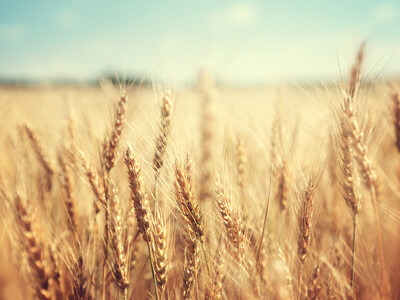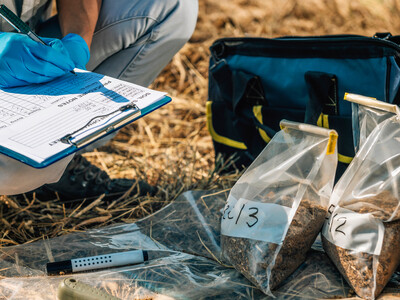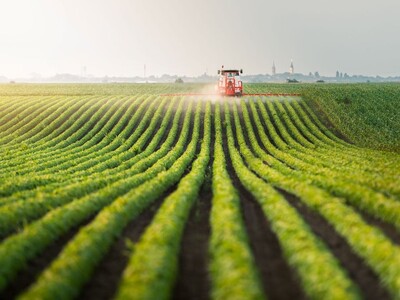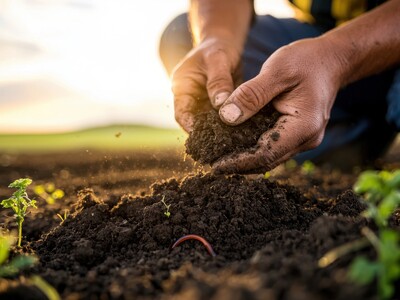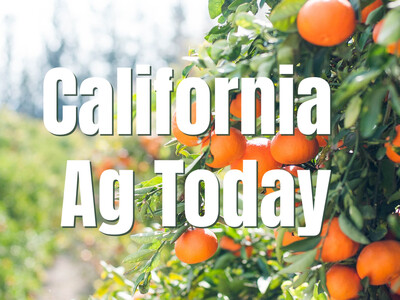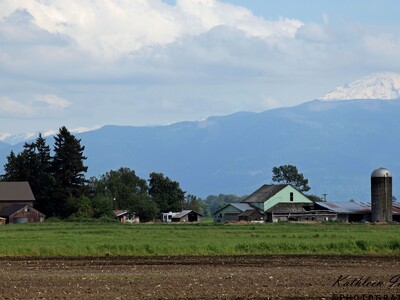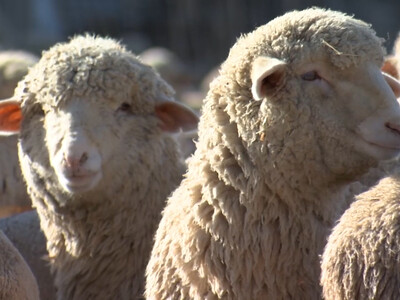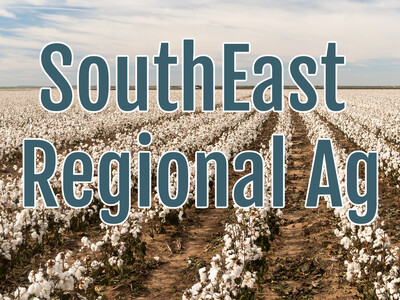Dry land farming strategies
Farmers make tough decisions all the time—it comes with the territory. When that territory includes dryland regions, decisions can be even more challenging. Fluctuating weather, varying soils, and changing pest pressures are just a few of the ongoing challenges that farmers face. Dry land farming in places like the Colorado and the inland Northwest could become more precise thanks to a study by USDA researchers in Colorado looking at how elevation changes within a crop field can impact both yields as well as nutrient application amounts. Researcher Merle Vigil says when it comes to crops like wheat and corn grown in low lying areas that have captured runoff and organic matter and hold water better….We found that within a given field you might have a yield difference of 60 to 80 bushel. So the high portions of the field, the yield might be 15 to 17 bushel and in the low spot the yield might be 90 to 100. But when we first saw that, we thought that's interesting for this field, but then it turns out it was true for almost all the fields that we were looking at.
And that has led to development of field management zones, utilizing precision ag techniques and equipment.
The idea is you won't be wasting money on nutrients where you're not going get the yield because you don't have the water. And on the other hand, you're putting the right amount of nitrogen where you really do have a yield potential.




